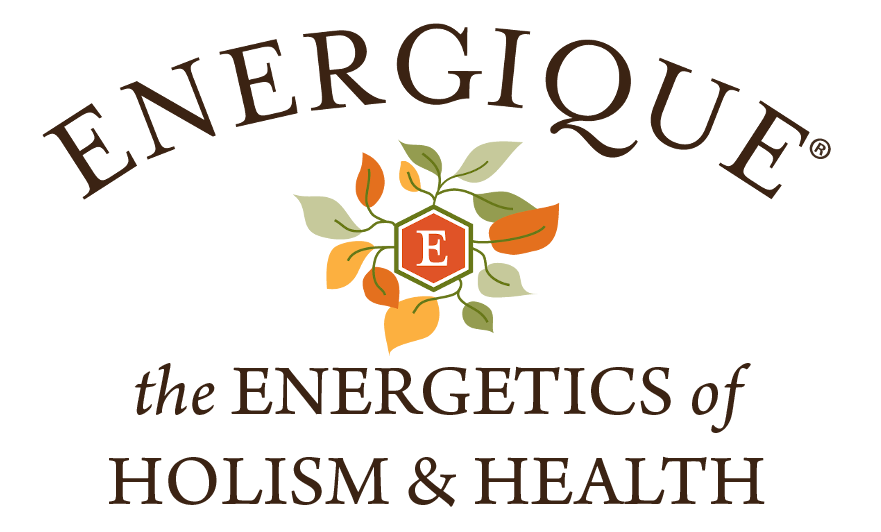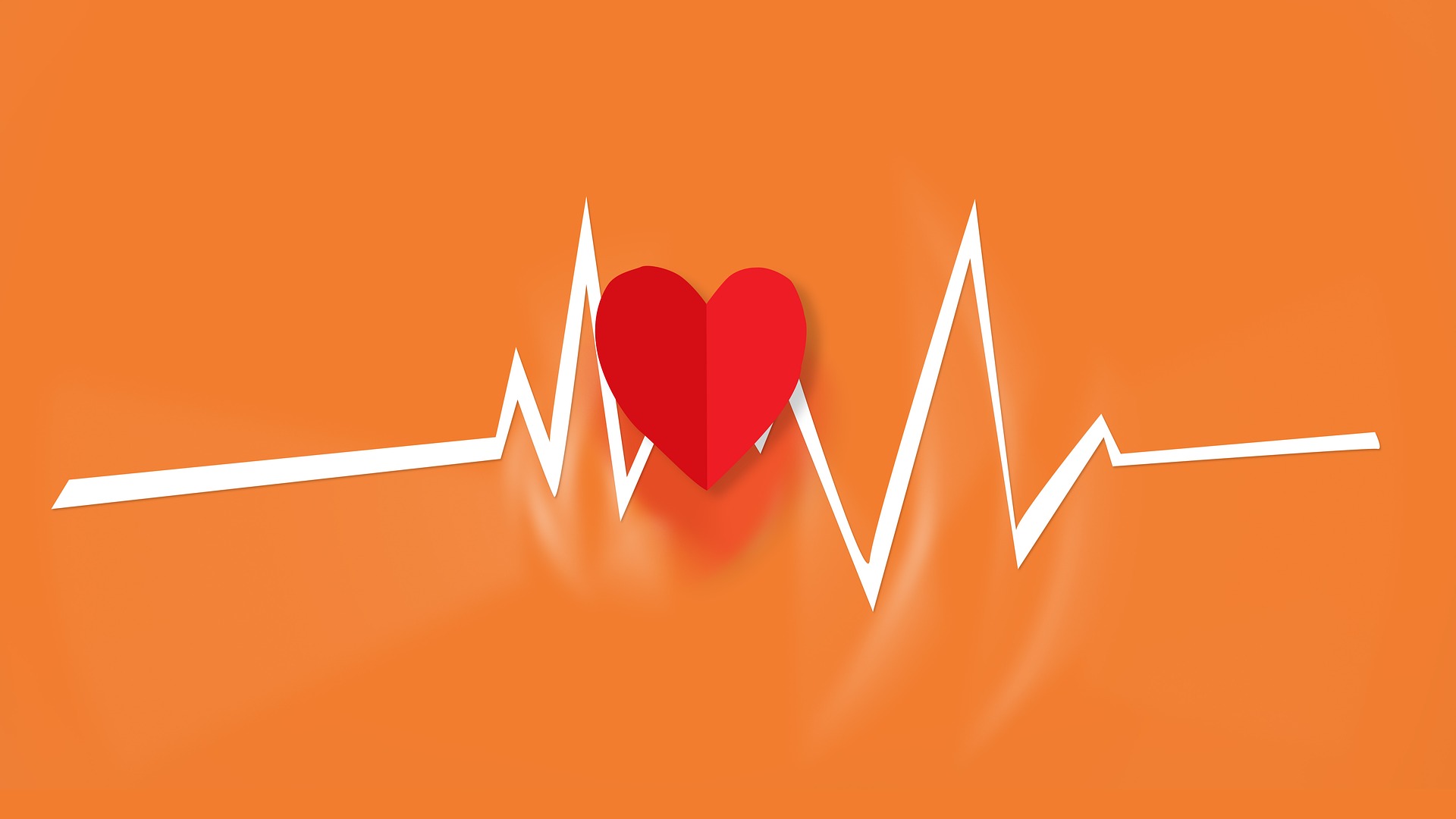 Ian Spohn, ND, is a staff naturopathic doctor for Energique who enjoys challenging the dogmas of both conventional and alternative medicine. He is a passionate supporter of the paleo diet and classical homeopathy.
Ian Spohn, ND, is a staff naturopathic doctor for Energique who enjoys challenging the dogmas of both conventional and alternative medicine. He is a passionate supporter of the paleo diet and classical homeopathy.
Given the manifold and culturally ubiquitous associations between the heart and such emotions as love, compassion, and generosity, it is remarkable that heart disease is not viewed more holistically than it is. Perhaps this is because the heart is so fascinating when viewed mechanically: it is essentially a mechanical pump that runs on electricity and generates its own current, and studying the physics of the heart has revealed much about how and why it can go wrong. But there is also a universally acknowledged emotional aspect to the heart, which is fascinating to consider in the month of February when hearts as symbols of romantic love abound. There have always been anecdotal cases of people who die of a broken heart, and it has even been proven that people are far more likely to die in the months following the loss of a spouse—anywhere from 30 to 90 percent more likely (Elwert and Christakis, 2008)—but only in the last few decades has modern medicine begun to explore this fully. There actually is a literal broken-heart syndrome as understood by conventional medicine, and it is known as takotsubo cardiomyopathy.
The term takotsubo cardiomyopathy was coined by Japanese doctor Hikaru Sato in 1990, who described the first cases of it. Takotsubo means “octopus trap” and refers to a round-bottomed pot used by Japanese fishermen for that purpose. What occurs in takotsubo cardiomyopathy is following a grievous or stressful event, which often strikingly involves the death of a loved one or a romantic rejection, the left ventricle of the heart suddenly becomes lax and dysfunctional, leading to a ballooning at its apex as seen on an echocardiogram. This makes the silhouette of the left ventricle resemble a Japanese octopus trap, hence takotsubo cardiomyopathy. The main symptoms are chest pain and heart failure due to the non-functioning left ventricle, symptoms which closely resemble those of a myocardial infarction. The two conditions even produce a similar EKG pattern, making it easy to confuse their diagnosis. However, the interesting things about takotsubo cardiomyopathy are that unlike a heart attack, it occurs independently of any coronary artery occlusion and is completely reversible, having nothing to do with the more common variety of heart disease. Also, most notably it always seems to follow some emotionally stressful event. The exact mechanism by which this occurs is still controversial, but the leading theory is that a surge of catecholamines in response to the stressful event can overwhelm the heart and particularly the left ventricle, which is especially dense in catecholamine receptors, and essentially overflow it with calcium to the extent that it injures the muscle. Unlike the ischemic necrosis which results from myocardial infarction, this damage can be healed by the body, so while takotsubo cardiomyopathy can prove fatal, most patients eventually recover.
However, as this still quite recently described medical condition has become better understood, it has led some people to question whether the problem originates in the heart at all, or if the disorder should properly be considered a cardiomyopathy. For one thing, strictly speaking it is not a cardiomyopathy, which refers to long-term irreversible changes in the heart muscle. The changes observed in takotsubo syndrome occur suddenly and reversibly. It is really more of an acute injury than a myopathy, and there has been a push to rename it more accurately with the term neurocardiac syndrome. Also, the theory of catecholamine-induced injury has been questioned given the fact that patients with the disorder have not actually been shown to have elevated catecholamine levels (Y-Hassan and Henareh, 2015). Another piece to the puzzle emerged when it was discovered that in certain cases of stroke and head injury, particularly when the damage involves the brain’s anterior insular cortex, the exact same cardiac syndrome is observed (Marafioti, et al., 2018). How can a stroke and a sudden bereavement do the same thing to the heart? To understand, it is necessary to study the functions of the insular cortex.
Like all regions of the brain, the insular cortex and its functions are complex and incompletely understood. Also known as the insula of Reil after the anatomist who first located it, the insular cortex is involved in both bodily and emotional awareness and is one of the areas of the brain that has become more highly developed in humans compared to other primates. It has been posited that the capacity to become aware of one’s own heartbeat is dependent upon the insular cortex, and this same area of the brain is known to be implicated in the processing of such feelings as empathy, altruism, romantic and non-romantic love, even the capacity to become aware of one’s feelings in the first place (Gu, et al., 2013). It is also involved in processing the non-painful extremes of warmth and cold, which may explain why we often associate such feelings with those temperature conditions or even refer to certain people as being warm or coldhearted. So it seems the emotions we associate with the heart are in fact associated with a part of the brain responsible for controlling the heart.
This, and the existence of very real disorders like takotsubo cardiomyopathy, should have profound implications for the treatment of all heart disorders. It is certainly possible for a heart problem to be purely mechanical, for instance an arrhythmia caused by a potassium deficiency, and no one would dispute the impact of diet on the most common variety of heart disease. But to be truly holistic, at least the assessment, if not the treatment, of most heart problems should take time to address these patients’ underlying emotional concerns, the various heartaches and heartbreaks which may coincide with the disorder or contribute to its symptoms. This is why modalities like homeopathy can provide a valuable complementary form of treatment. By acting at a truly holistic level, they can simultaneously bring about deep healing of physical and emotional wounds. The case of takotsubo syndrome should also serve as a warning against diagnosing patients in too reductionist a manner, as it shows how a disease appearing in one organ may actually indicate a dysfunction in another.
References:
Elwert F, Christakis NA. The effect of widowhood on mortality by the causes of death of both spouses. Am J Public Health. 2008;98(11):2092-8.
Y-Hassan S, Henareh L. Plasma catecholamine levels in patients with takotsubo syndrome: Implications for the pathogenesis of the disease. International Journal of Cardiology. 2015 Feb 15;181:35-8.
Marafioti V, Turri G, Carbone V, Monaco S. Association of prolonged QTc interval with Takotsubo cardiomyopathy: A neurocardiac syndrome inside the mystery of the insula of Reil. Clin Cardiol. 2018;41:551–555. https://doi.org/10.1002/clc.22910
Gu X, Hof PR, Friston KJ, Fan J. Anterior insular cortex and emotional awareness. J Comp Neurol. 2013;521(15):3371-88.
Any homeopathic claims are based on traditional homeopathic practice, not accepted medical evidence. Not FDA evaluated.
These statements have not been evaluated by the Food and Drug Administration. These products are not intended to diagnose, treat, cure, or prevent any disease.

